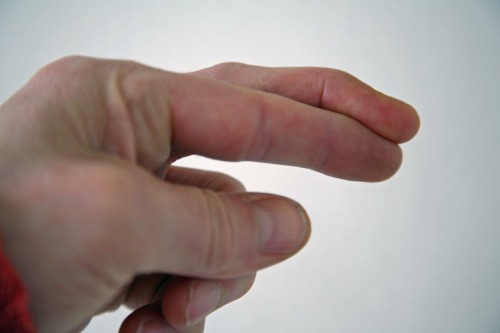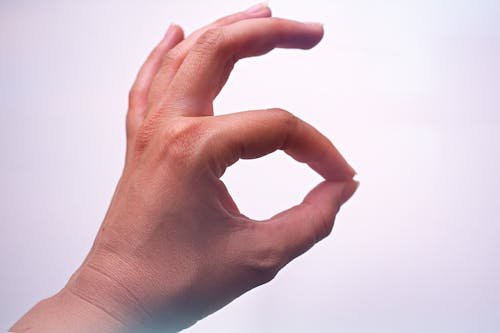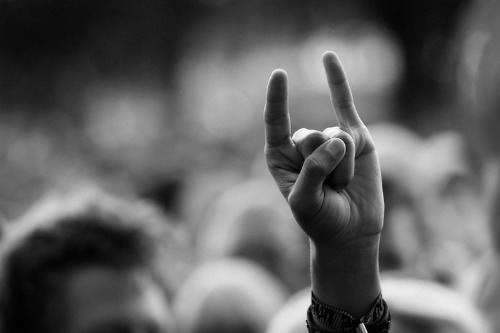1. Thumbs Up – Good Job Here, Insult There

In the U.S., a thumbs up is the universal sign for “great,” “approved,” or “you got it.” It’s casual, friendly, and used in everything from text messages to hitchhiking. But in countries like Iran, Afghanistan, and parts of West Africa, it’s considered a deeply offensive gesture—akin to giving someone the middle finger.
It’s a classic case of cultural wires crossing. What feels like encouragement in America can come off as a crude insult elsewhere. So if you’re traveling abroad, maybe keep that thumb holstered. A simple nod might save you some awkward stares.
2. Crossing Your Fingers – Hopeful Here, Vulgar in Vietnam

Americans cross their fingers to wish for luck or to excuse a harmless lie. It’s a hopeful, innocent gesture that even kids use. But in Vietnam, this same gesture is considered extremely vulgar—it resembles a part of the female anatomy and is seen as highly offensive1.
So while you might be silently hoping for good news, someone else might think you’re being obscene. It’s a reminder that even the most innocent gestures can carry wildly different meanings. When in doubt, maybe just say it out loud.
3. The “OK” Sign – Fine in the U.S., Offensive in Brazil

In the U.S., making a circle with your thumb and forefinger means “okay” or “perfect.” It’s used in everything from scuba diving to emoji reactions. But in Brazil and parts of the Middle East, it’s an obscene gesture that’s roughly equivalent to flipping someone off.
It’s a perfect example of how body language doesn’t always translate. What’s harmless in one culture can be deeply disrespectful in another. So maybe skip the hand signs and just say “okay” the old-fashioned way.
4. The Peace Sign – Groovy Here, Rude in the U.K.

In the U.S., flashing the peace sign is a throwback to the ’60s—friendly, chill, and often accompanied by a smile. But in the U.K., Ireland, and Australia, if you do it with your palm facing inward, it’s a serious insult—basically their version of flipping the bird.
It’s all about orientation. One twist of the wrist turns “peace and love” into “get lost.” So if you’re posing for a photo abroad, make sure your palm is facing out. Or just stick to a thumbs up—unless you’re in Iran.
5. Smiling with Teeth – Friendly Here, Rude in Japan

In the U.S., a big toothy smile is seen as warm, open, and confident. It’s encouraged in photos, interviews, and customer service. But in Japan and some other Asian cultures, showing your teeth while smiling can be considered impolite or overly aggressive.
There, a closed-mouth smile is more appropriate, especially in formal settings. It’s not about being unfriendly—it’s about modesty and restraint. So if someone doesn’t flash their pearly whites, don’t take it personally. They’re just being polite in their own way.
6. The Devil Horns – Rock On Here, Cheating Accusation in Italy

In the U.S., the “devil horns” hand sign is a staple at rock concerts—used to show enthusiasm, rebellion, or just a love of metal. But in Italy, Spain, and Portugal, it’s a deeply insulting gesture that implies someone’s spouse is cheating on them.
It’s called the “corna,” and it’s not something you want to flash casually. What’s a concert staple in America is a personal attack elsewhere. So maybe save it for the mosh pit—and not the family vacation.
7. Waving Goodbye – Farewell Here, “No” in Greece

In the U.S., waving your hand with an open palm is a friendly way to say hello or goodbye. But in Greece and parts of the Middle East, an open-palm gesture—especially when thrust forward—is called the “moutza” and is considered highly offensive.
It’s like saying “get lost” with your whole hand. So while you’re trying to be polite, you might be starting a fight. A small wave or nod might be safer when you’re abroad.
8. Hands in Pockets – Casual Here, Disrespectful in Japan

In the U.S., standing with your hands in your pockets is casual, relaxed, and sometimes even stylish. But in Japan and South Korea, it’s seen as rude—especially when speaking to someone older or in a position of authority.
It signals disinterest or arrogance, even if that’s not your intent. So if you’re giving a presentation or meeting someone important, keep those hands visible. It’s a small gesture that speaks volumes.
This post 8 American Symbols That Mean Something Totally Different in Other Countries was first published on American Charm.


